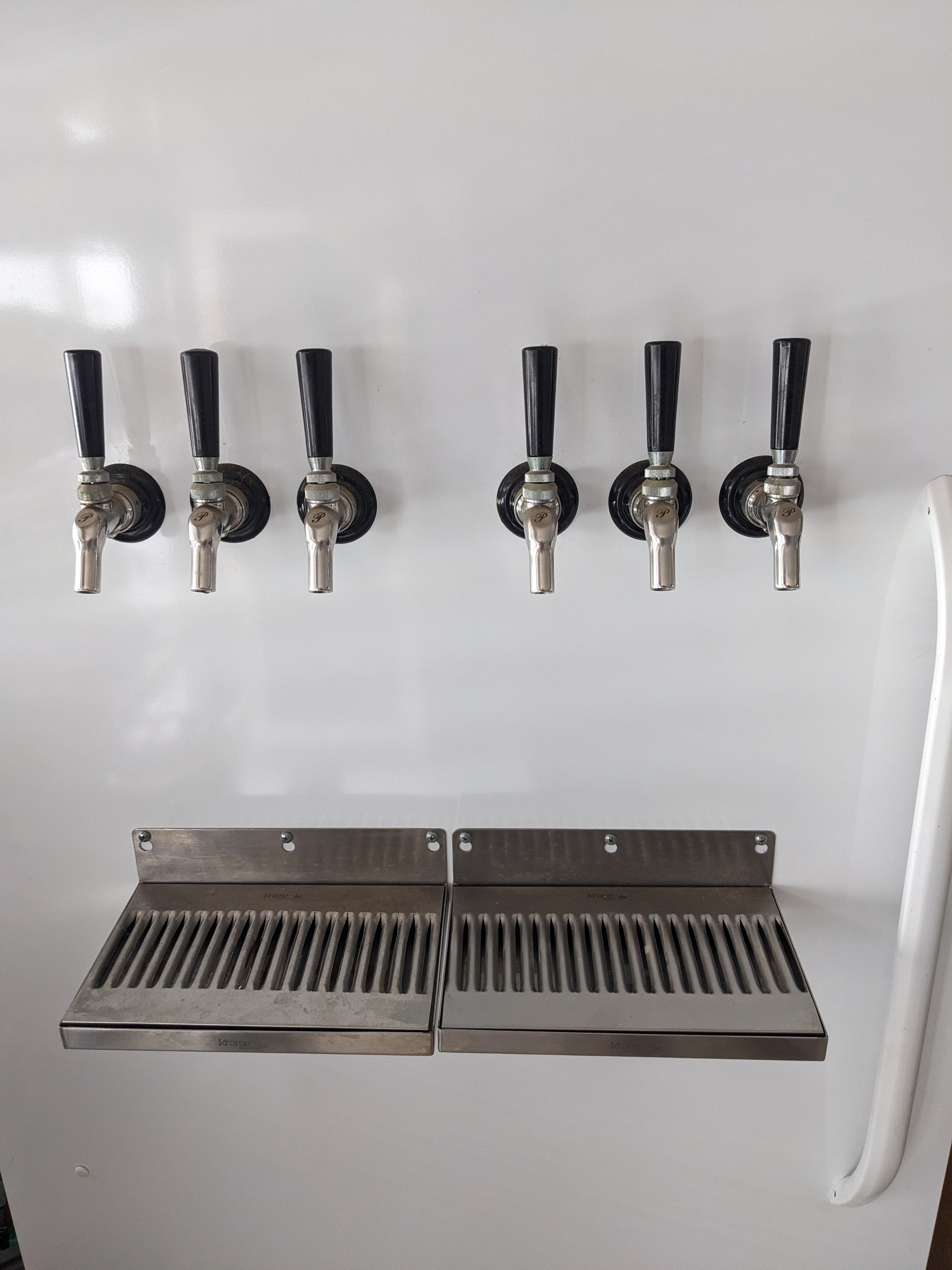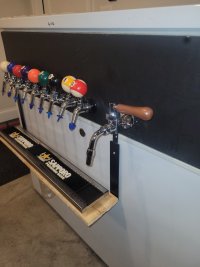- Joined
- Feb 13, 2014
- Messages
- 173
- Reaction score
- 180
Hi everyone, I’m mulling over some ideas on how to increase the output of my beer pipeline.
I have a chest freezer that holds one fermentor, and I don’t have room for another one.
I’d like to not rush my beer off the yeast either, although I’ll definitely be rotating in some Hefeweizens both because they have a quick turnaround, and they are tasty.
What are your experiences with moving a beer from the temp controller chamber after fermentation starts slowing down to room temp: 68F in the winter and 75F in the summer?
It seems logical that the flavors yeast produce would be fixed in the first part of fermentation, and letting it sit at room temp would let the yeast finish hitting FG and clean up after itself.
How about lagers though? Would that 75F in the summer be too warm for a diacetyl rest?
I’m thinking about a week in the chamber ought to do it, maybe 2 weeks for big beers, then they can take as long as they want to finish/condition outside the chamber.
I have a chest freezer that holds one fermentor, and I don’t have room for another one.
I’d like to not rush my beer off the yeast either, although I’ll definitely be rotating in some Hefeweizens both because they have a quick turnaround, and they are tasty.
What are your experiences with moving a beer from the temp controller chamber after fermentation starts slowing down to room temp: 68F in the winter and 75F in the summer?
It seems logical that the flavors yeast produce would be fixed in the first part of fermentation, and letting it sit at room temp would let the yeast finish hitting FG and clean up after itself.
How about lagers though? Would that 75F in the summer be too warm for a diacetyl rest?
I’m thinking about a week in the chamber ought to do it, maybe 2 weeks for big beers, then they can take as long as they want to finish/condition outside the chamber.























































![Craft A Brew - Safale S-04 Dry Yeast - Fermentis - English Ale Dry Yeast - For English and American Ales and Hard Apple Ciders - Ingredients for Home Brewing - Beer Making Supplies - [1 Pack]](https://m.media-amazon.com/images/I/41fVGNh6JfL._SL500_.jpg)



